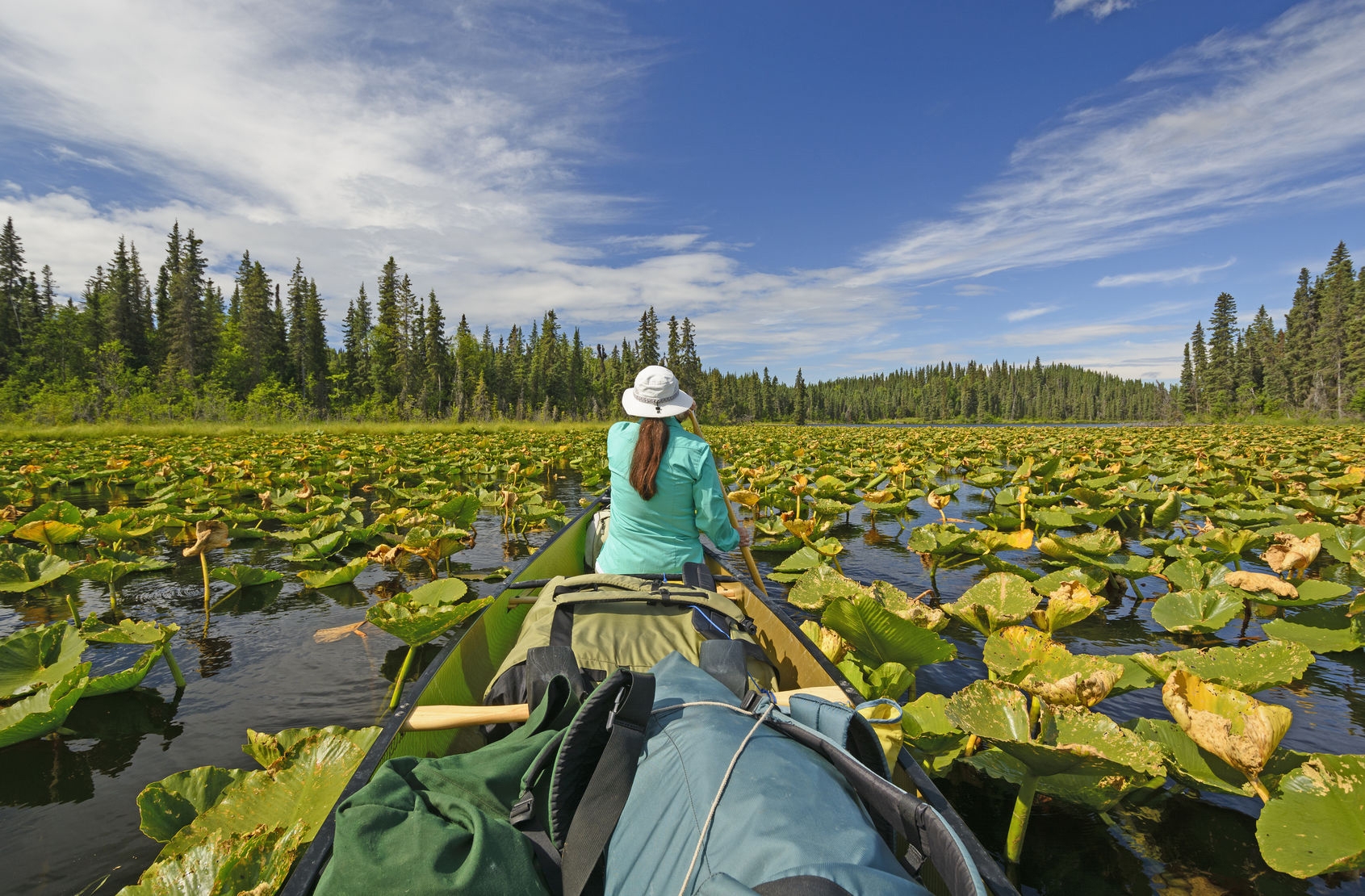On March 14th the National Wildlife Refuge System, presently a 95-million-acre network of lands and waters, celebrates its 113th anniversary. One of my favorite places, the Bear River Bird Refuge in Box Elder County, Utah is part of that network. Hearing the birds’ early morning songs and watching the sunrise over the reeds in the refuge is a powerful experience, and one that I treasure. My love of those early mornings belies the way in which this, and the rest of the refuge system, is managed.
The National Wildlife Refuge System, like so much of modern environmental policy, is premised on the idea that there exists some correct balance of natural factors, and that if left alone nature will yield the appropriate outcome. Achieving that balance is the ultimate goal, and it is generally claimed that achieving this balance is predicated on the near complete removal of human influence from the environment.
The assumption that there is a balance of nature is emotionally appealing, but outdated, wrong, and rejected by most modern ecologists. The assumption is, however, alive and well among the general public, political activists, and many of those who implement environmental policy.
Rachel Carson, author of the seminal 1962 work Silent Spring, and editor-in-chief for the Fish and Wildlife Service is perhaps most responsible for popularizing the idea of a balance of nature. Carson promoted the notion that there is a delicate and static balance of nature that stands in danger of being upset by humans. Carson claimed that it took “eons of time” for life to reach “a state of adjustment and balance with its surroundings.”
The modern management of the Refuge System reflects these notions in its attempts to create a habitat for wildlife outside the influence of human beings. The irony, of course, is that in attempting to place refuges outside human influence, the Fish and Wildlife Service actively manages the lands toward a “human-less” reality. In order to create an environment free from the problems humanity brings, human beings decide how best to manage nature. There seems to be no escaping human influence over nature, even if that is the ostensible goal.
Perverse outcomes often result. One clear example is the State of Idaho’s new management plan for the white pelican. The pelican is protected both as a migratory bird and as part of the Minidoka Wildlife Refuge. These protections have increased pelican numbers to the point where they are impacting native cut-throat trout populations, and wildlife managers now are actively managing pelican populations to achieve what they believe to be the proper balance.
This should not be a surprise, as the static balance of nature is more folklore than reality. Nature exists in a near constant state of flux, a state of flux that has been heavily influenced by the actions of man since pre-Columbian times. Continuing to attempt to manage using the notion of a balance of nature will continue to lead to perverse outcomes like those presently occurring in Idaho. Because as long as “balance” itself is the goal, what we will see are simply men’s ideas of what balance should look like. After all, a “human-less” reality would be one that did not even include wildlife management. Instead we should be at least primarily concerned with achieving better outcomes for wildlife, and this necessitates a far different approach than what we have seen over the last 113 years.









